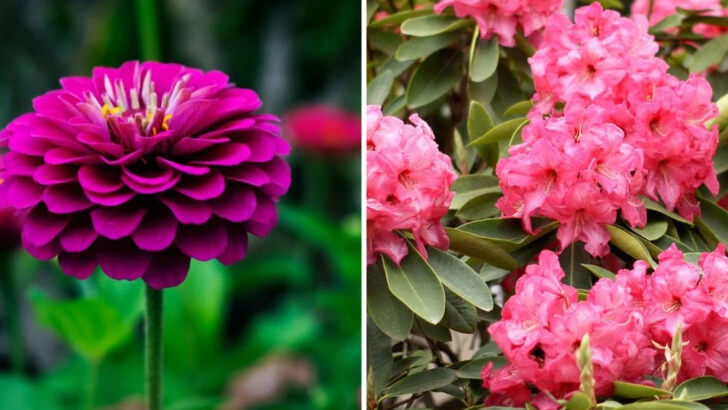Pollinators bring the hum, buzz, and flutter that make a garden feel alive. From bees to butterflies to the occasional curious hummingbird, these visitors do more than just add charm, they keep plants reproducing and fruiting. But not all flowers roll out the welcome mat. Some actually send pollinators packing, either by lacking nectar or giving off scents they’d rather avoid.
If you’re hoping to make your space more inviting to helpful insects—or want to steer them away from certain areas, it helps to know which plants are doing what. Here’s a breakdown of 15 plants that are known to draw pollinators in, and 8 that tend to keep them at a distance.
Lavender
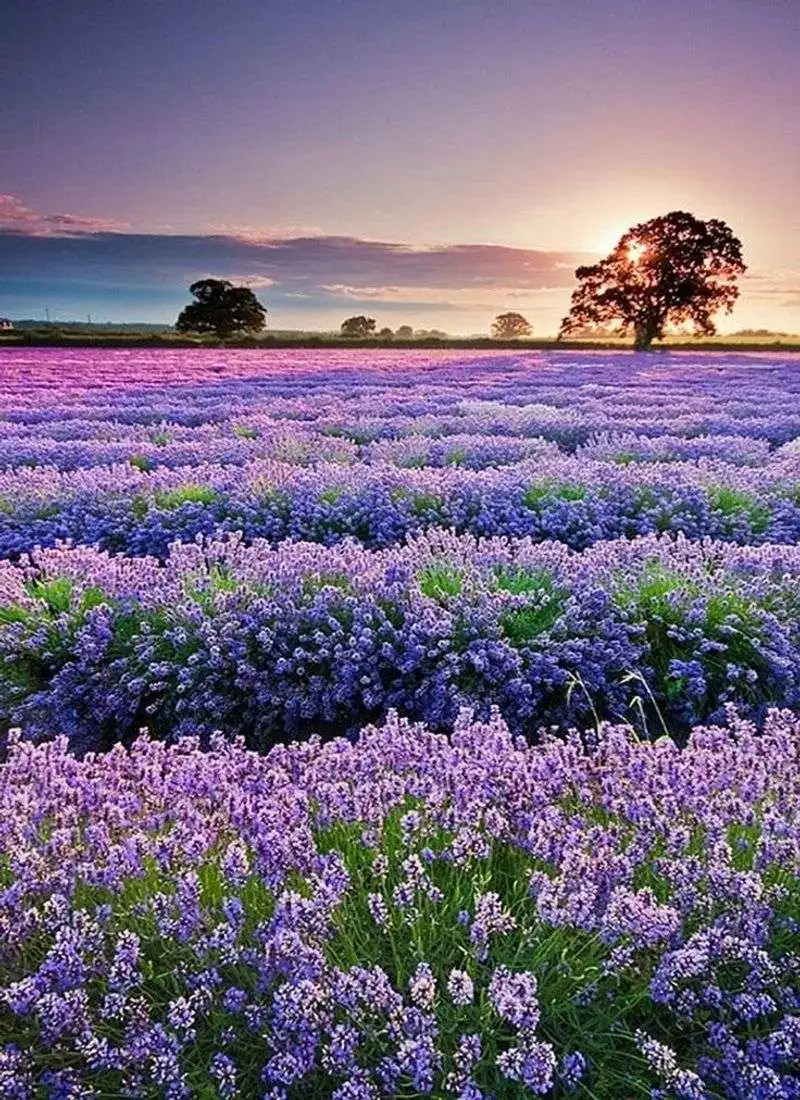
Lavender is like a beacon for bees, drawing them in with its aromatic scent and vibrant purple flowers. Its calming fragrance isn’t just a hit with humans; bees and butterflies find it irresistible too. Historically, lavender has been used in sachets to keep linens fresh. Plant it in a sunny spot with well-drained soil, and watch your garden buzz with life.
Who wouldn’t want a garden filled with the gentle hum of happy bees? It’s a win-win for you and the pollinators alike.
Bee Balm
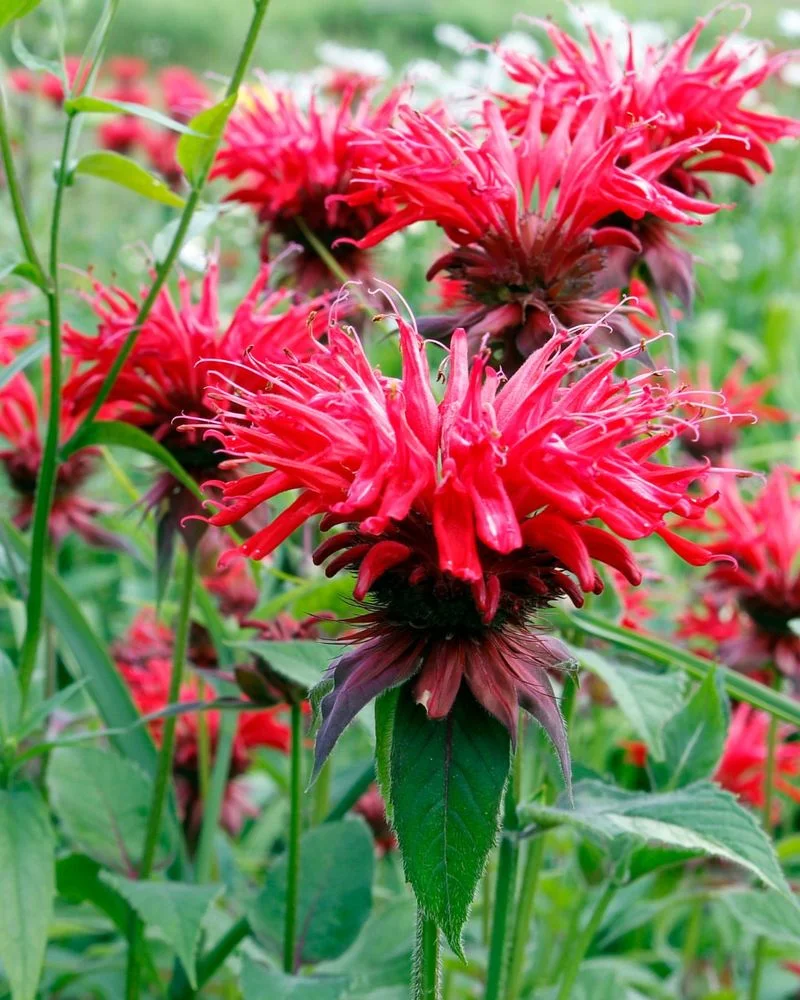
Bee balm, also known as Monarda, acts like nature’s little dinner bell for pollinators. Its scarlet, pink, or purple blooms are a feast for the eyes and a magnet for bees and hummingbirds. This perennial plant not only attracts but nurtures these creatures, providing nectar through summer.
Bee balm’s vibrant blooms create a lively scene, making it a must-have for any garden focused on pollinators. Plus, its spicy fragrance adds an extra sensory delight.
Sunflower
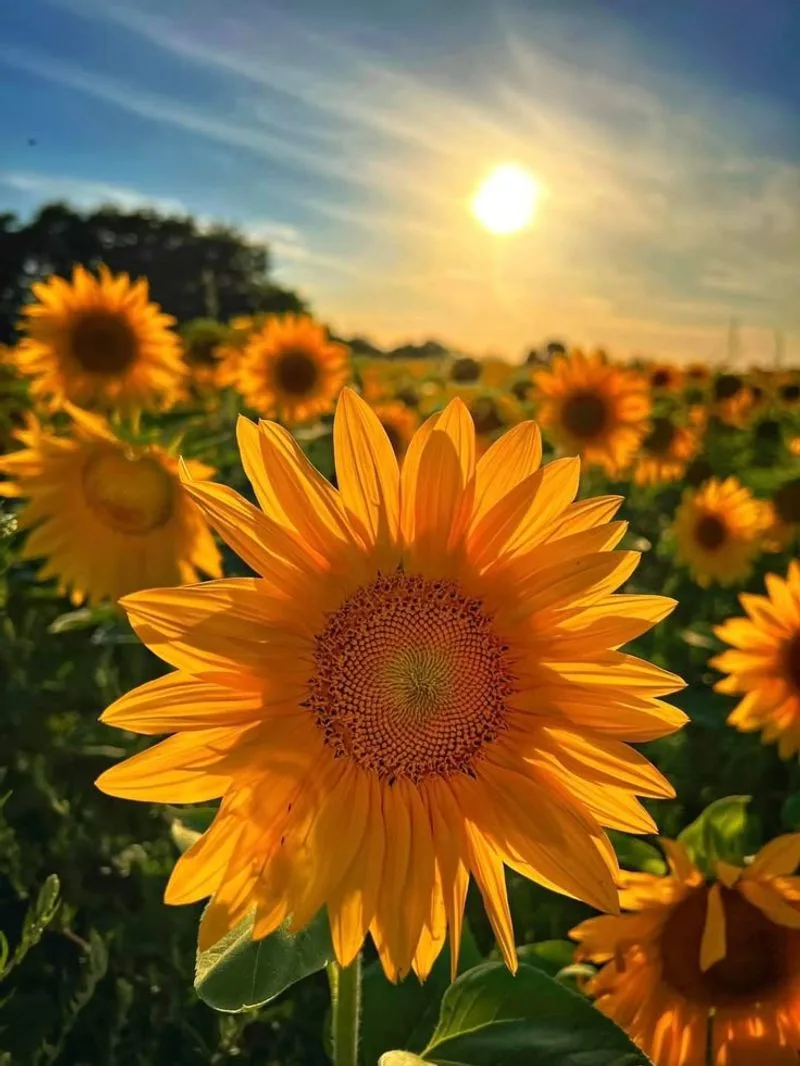
The sunflower stands tall and proud, a literal beacon of sunshine in any garden. Not only is it visually stunning, but its seeds and nectar attract bees and birds alike. Native to North America, sunflowers have a rich history of cultivation, revered by many cultures.
Their large, open faces make it easy for pollinators to access the nectar, ensuring your garden stays abuzz with activity. Sunflowers truly embody the spirit of summer and vitality.
Milkweed
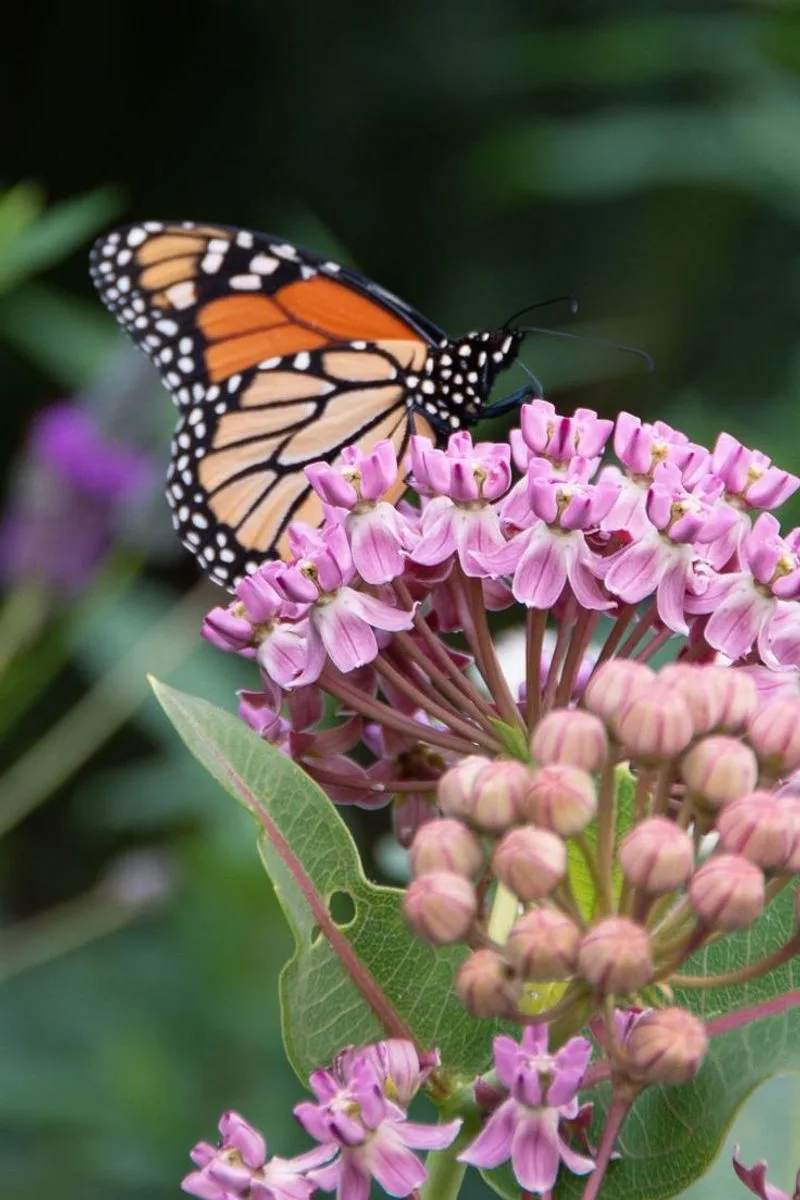
Milkweed is synonymous with monarch butterflies, providing the essential nursery for their larvae. The plants’ clusters of pink or orange blooms are an open invitation to a variety of pollinators. Historically, milkweed played a role in World War II as a filler for life jackets.
Its resilience and ability to thrive in various conditions make it a gardener’s ally. Embrace milkweed, and you’ll witness the enchanting lifecycle of monarchs right in your backyard.
Zinnia
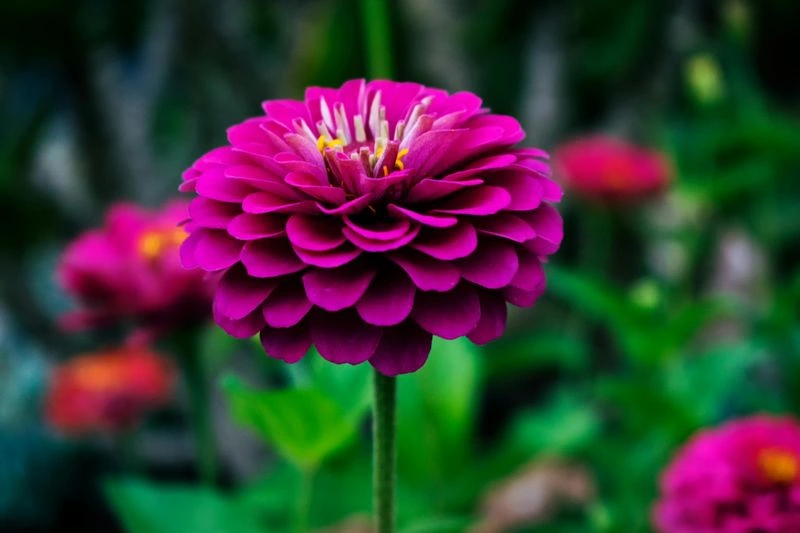
Zinnias are the life of the garden party, with their colorful blooms that attract butterflies and hummingbirds. Their ability to thrive in heat makes them a gardener’s best friend. Originally from Mexico, zinnias have been a favorite in gardens worldwide.
Plant them in full sun, and enjoy a summer-long display of color and activity. Zinnias are perfect for those who seek to bring vibrancy and life to their garden space.
Coneflower
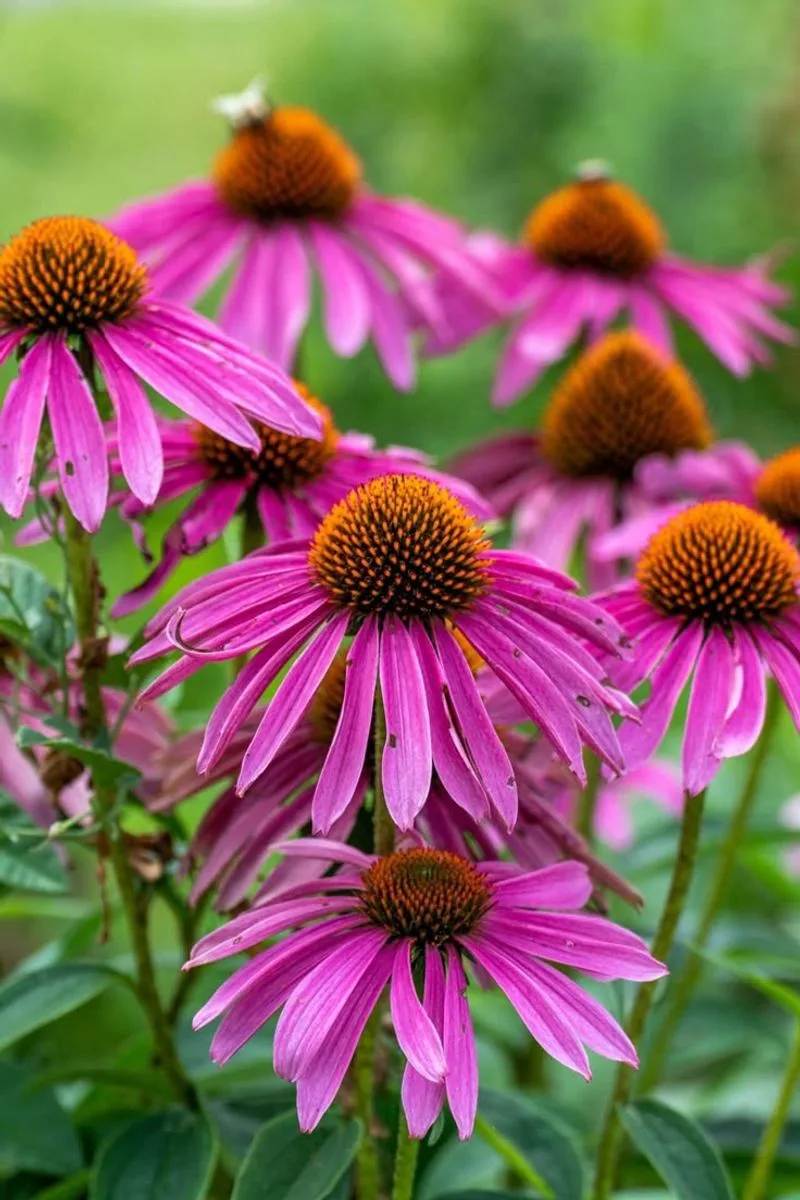
Coneflowers are the unsung heroes of pollinator gardens. Their distinctive purple petals and spiky centers not only add visual interest but also attract bees and butterflies. Native to North America, they have been used medicinally by indigenous peoples.
These hardy perennials can withstand drought and poor soil, making them a low-maintenance choice for any gardener. With coneflowers, you can enjoy a thriving ecosystem without the fuss.
Cosmos
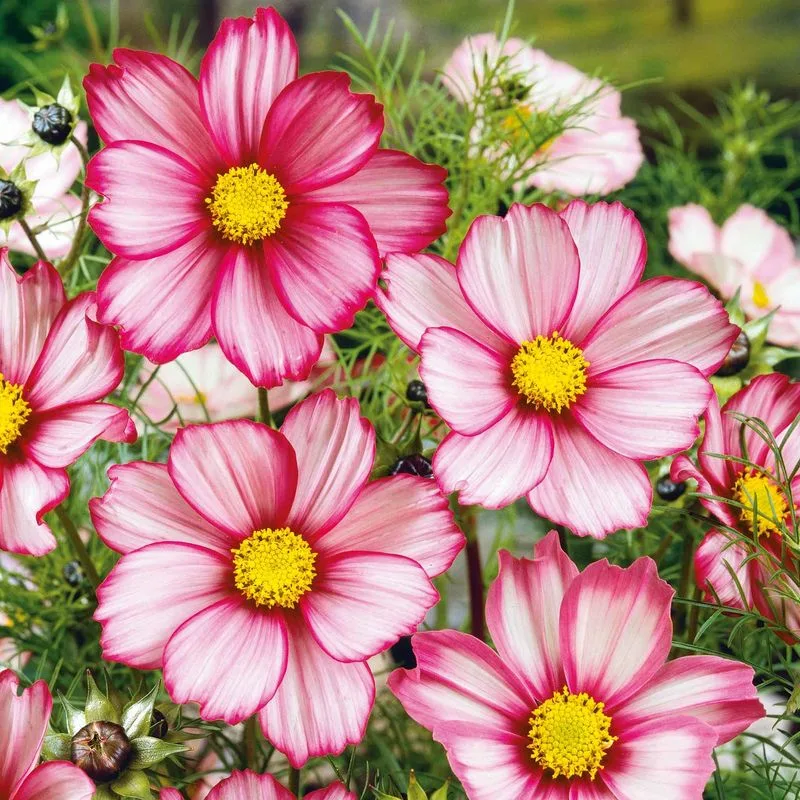
Cosmos flowers bring an air of whimsy and elegance to any garden. Their delicate petals and vibrant hues are a favorite among pollinators like bees and butterflies. Native to Mexico, these flowers have a rich cultural history.
With minimal care required, cosmos can thrive in various conditions, making them ideal for both novice and experienced gardeners. Their presence turns any garden into a lively and colorful sanctuary for pollinators.
Borage
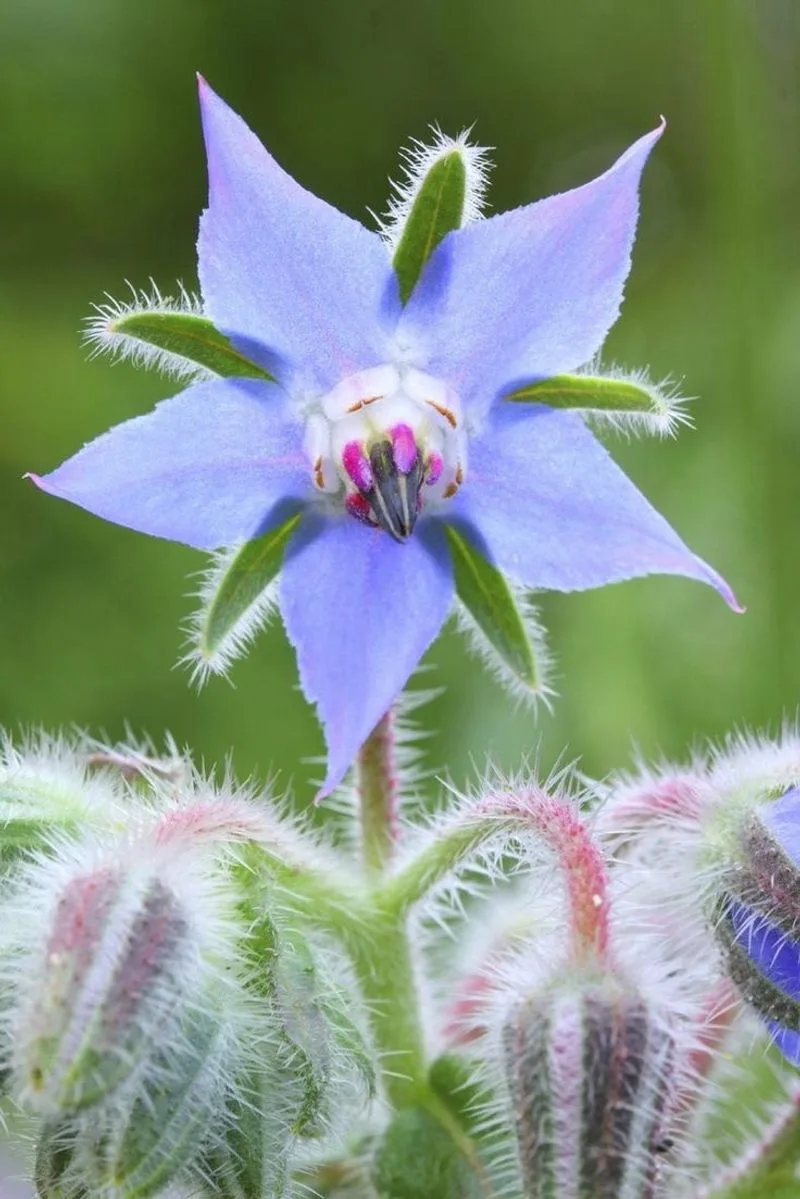
Borage, often overlooked, is a star when it comes to attracting pollinators. Its star-shaped blue flowers are a feast for bees throughout the growing season. Known for its cucumber-like flavor, borage is also a culinary delight.
This annual herb is easy to grow and can even improve the health of your soil. Plant borage, and you’ll not only support pollinators but also add a touch of the unexpected to your garden.
Salvia
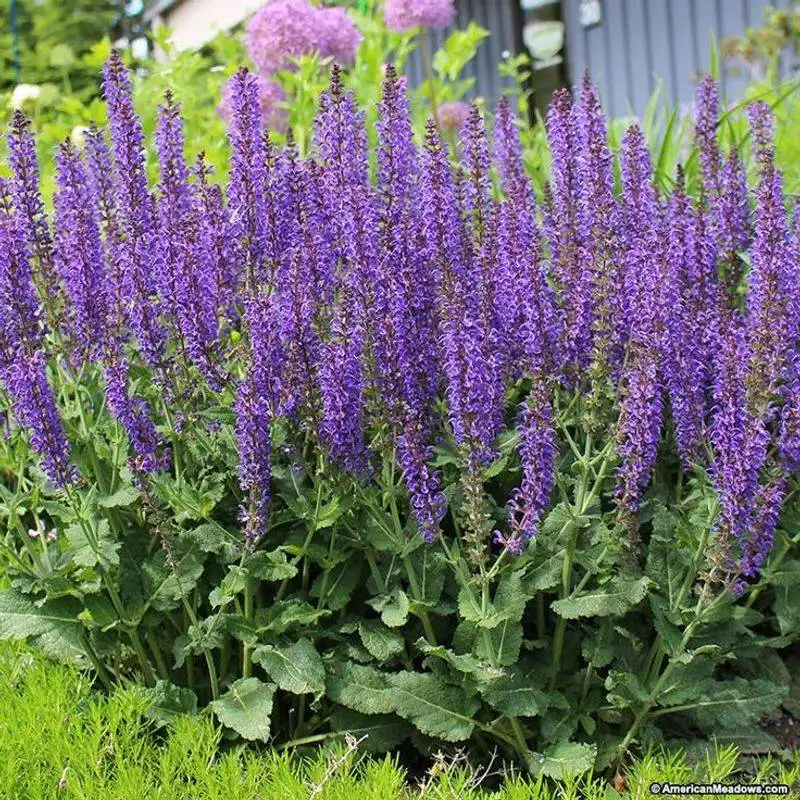
Salvia’s spiky blooms in shades of blue, purple, and red are a magnet for hummingbirds and bees. With hundreds of varieties, this versatile plant can fit into any garden design. Its drought-resistant nature makes it a practical choice.
Salvia’s ability to bloom from spring to fall ensures a constant source of nectar for pollinators. Planting salvia brings not just color but life to your garden, making it a true haven for wildlife.
Aster
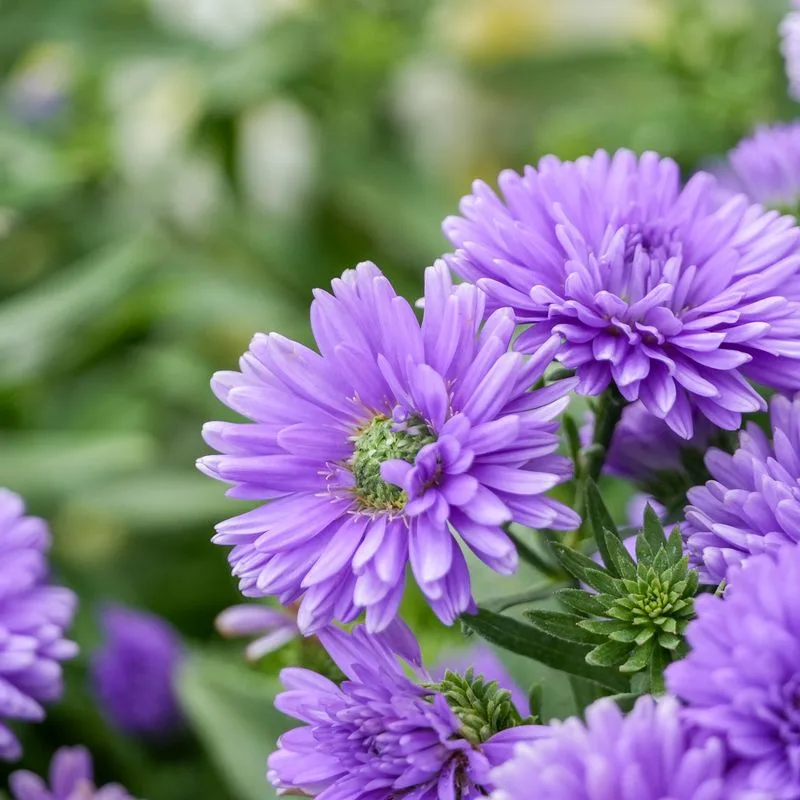
Asters, with their daisy-like appearance, are essential in any pollinator-friendly garden. Their late-season blooms provide crucial nectar for bees and butterflies as they prepare for winter. Originally from Europe and Asia, asters have been cherished for centuries.
Their ability to thrive in various environments makes them a versatile addition to your garden. The charm of asters lies in their unassuming beauty and the life they bring to any space.
Marigold
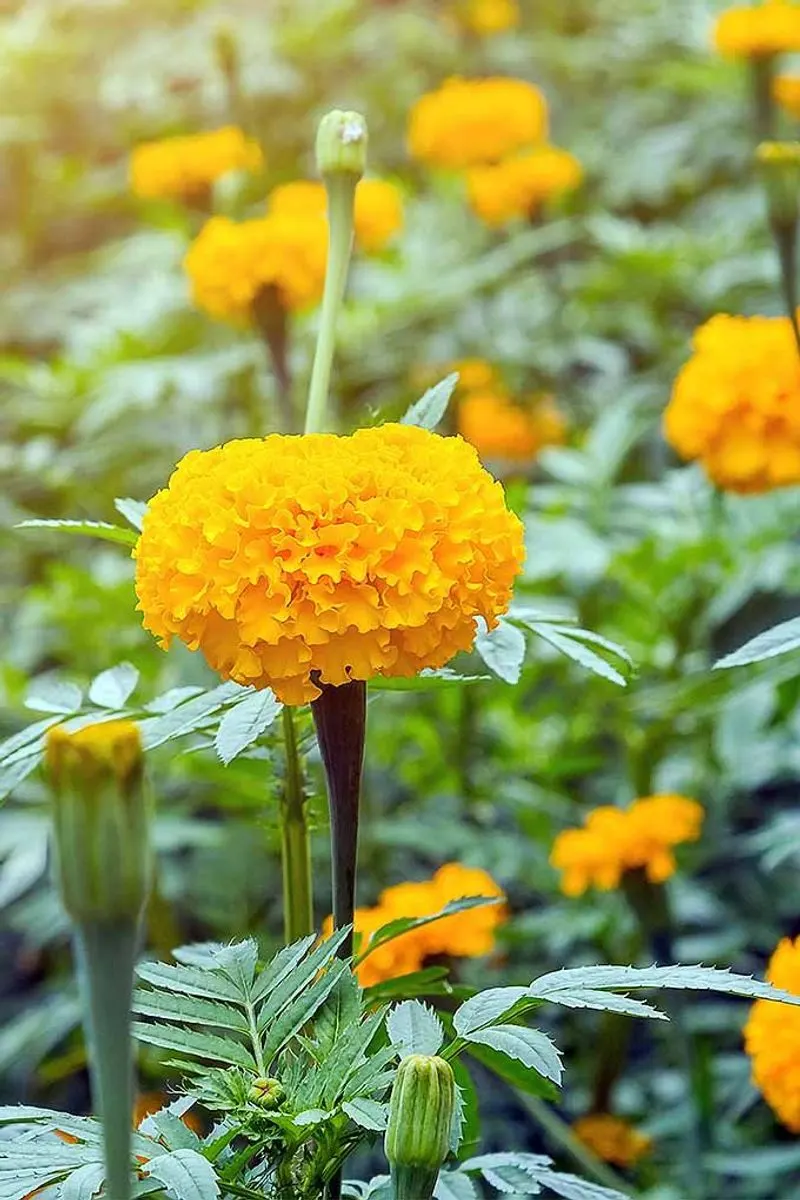
Marigolds are more than just a splash of color; they actively attract beneficial insects like hoverflies and bees. Their pungent scent is known to repel many garden pests. Originating from Central and South America, marigolds have a storied past in rituals and medicine.
These hardy annuals can brighten any garden while supporting pollinator populations. Embrace marigolds for their beauty and the pest control benefits they offer.
Goldenrod
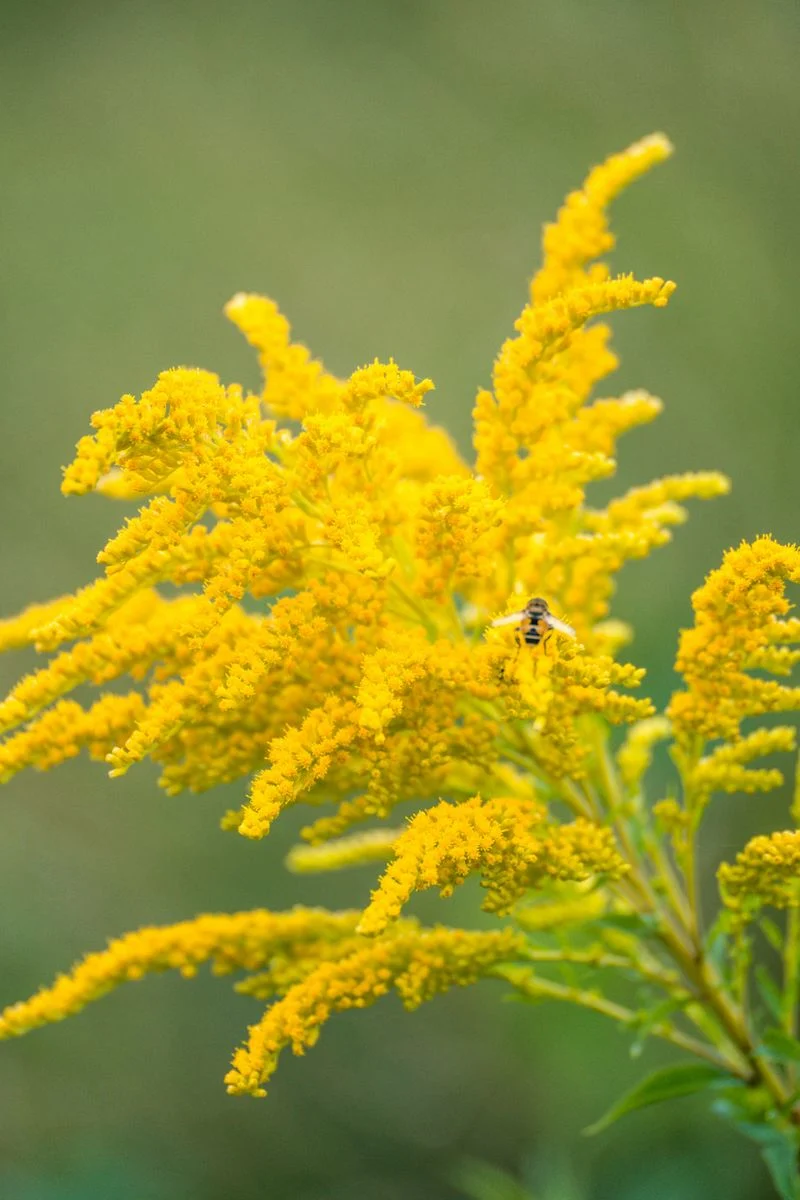
Goldenrod, often mistaken for a weed, plays a vital role in supporting pollinators. Its bright yellow blooms attract a variety of bees and butterflies late in the season. Contrary to popular belief, goldenrod doesn’t cause hay fever; its pollen is too heavy.
This resilient plant can thrive in poor soil, making it an excellent choice for naturalizing areas. Goldenrod’s lively presence ensures a garden filled with activity and color in the fall.
Blazing Star
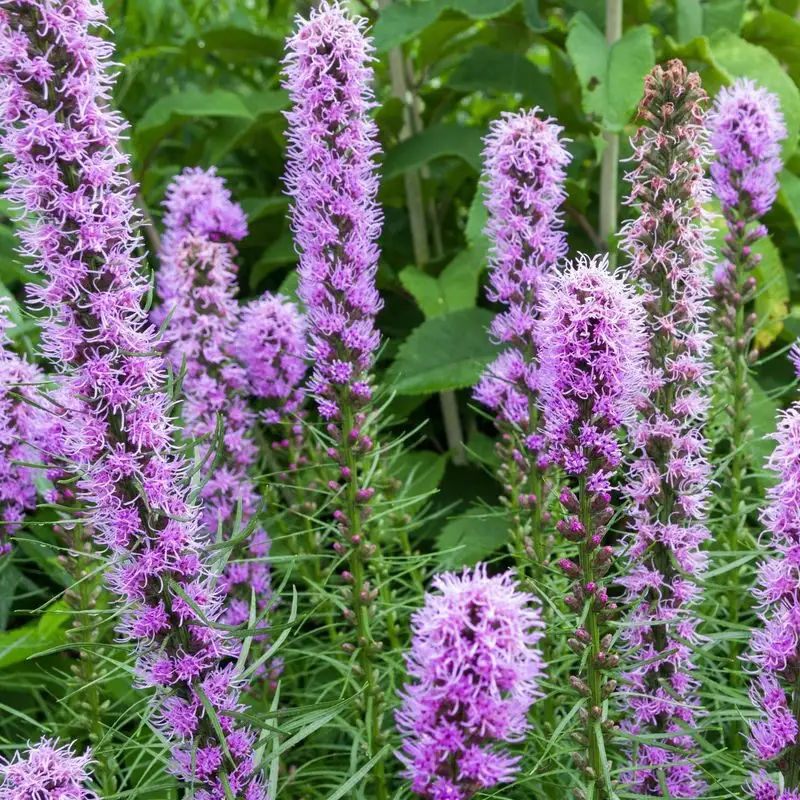
Blazing Star, or Liatris, captivates with its tall spikes of purple blooms. These striking flowers are a favorite among bees, butterflies, and even hummingbirds. Native to North America, they are often found in prairies and meadows.
Their drought-resistant nature makes them an ideal choice for low-maintenance gardens. Blazing star adds vertical interest and a burst of color, transforming any garden into a pollinator paradise.
Nasturtium
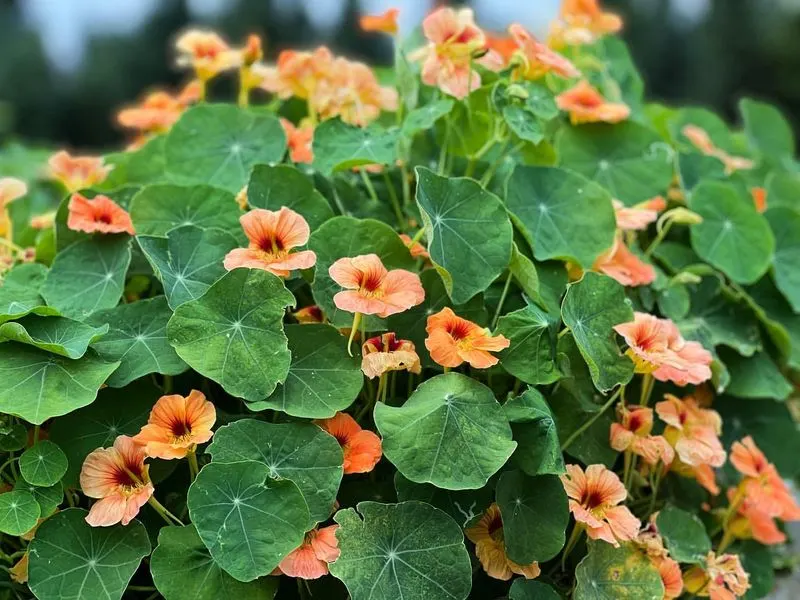
Nasturtiums are garden multi-taskers, offering beauty and functionality. Their bright, edible flowers attract bees and even repel certain pests, including aphids. Native to South America, nasturtiums have been used in herbal remedies.
Plant them in poor soil, and they’ll reward you with vibrant blooms throughout the season. Nasturtiums’ dual role makes them an invaluable addition to any pollinator-friendly garden.
Chrysanthemums (Repel)
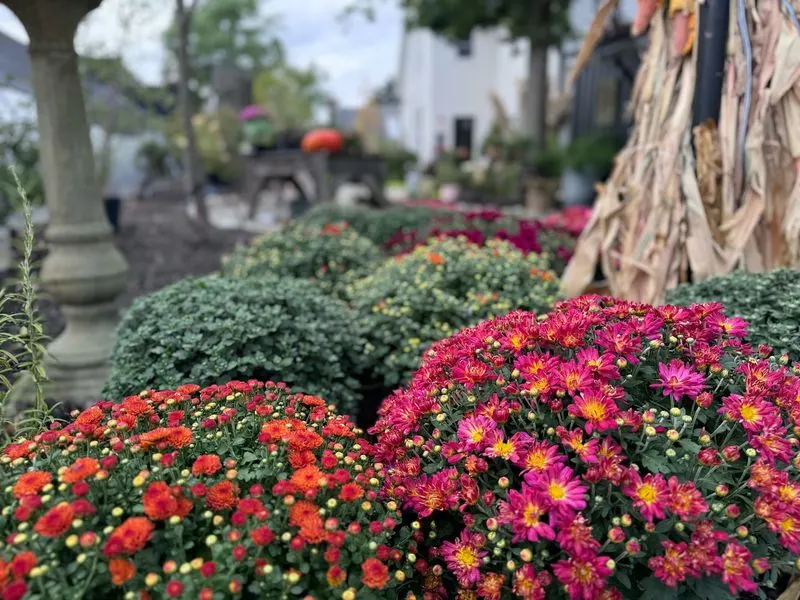
Chrysanthemums, while stunning, are known for their pest-repelling qualities. Their pyrethrum compound deters insects, making them less appealing to pollinators. Originating from Asia, they’re steeped in cultural symbolism.
Though they may not attract bees or butterflies, chrysanthemums’ vivid blooms add drama to any garden. Consider their role as natural pest control rather than pollinator magnets.
Petunias (Repel)
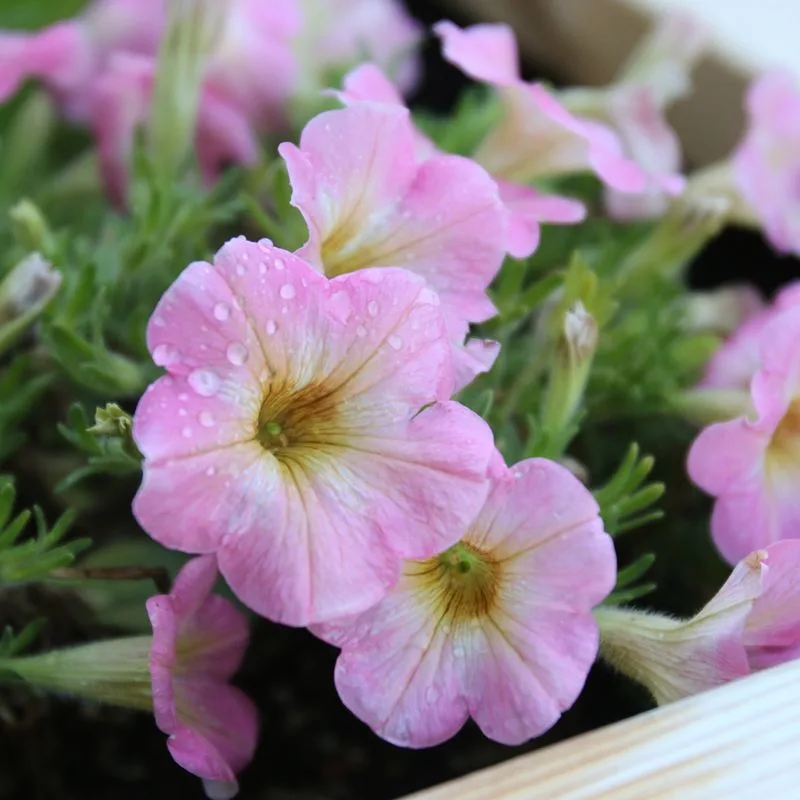
Petunias, with their vibrant trumpet-shaped flowers, often fail to entice pollinators. Their hybridized nature means less nectar available. Native to South America, they shine more as decorative plants.
While they don’t draw in bees or butterflies, petunias’ long-lasting blooms and color variety make them favorites for ornamental displays. Embrace them for their visual appeal rather than their pollinator prowess.
Ferns (Repel)
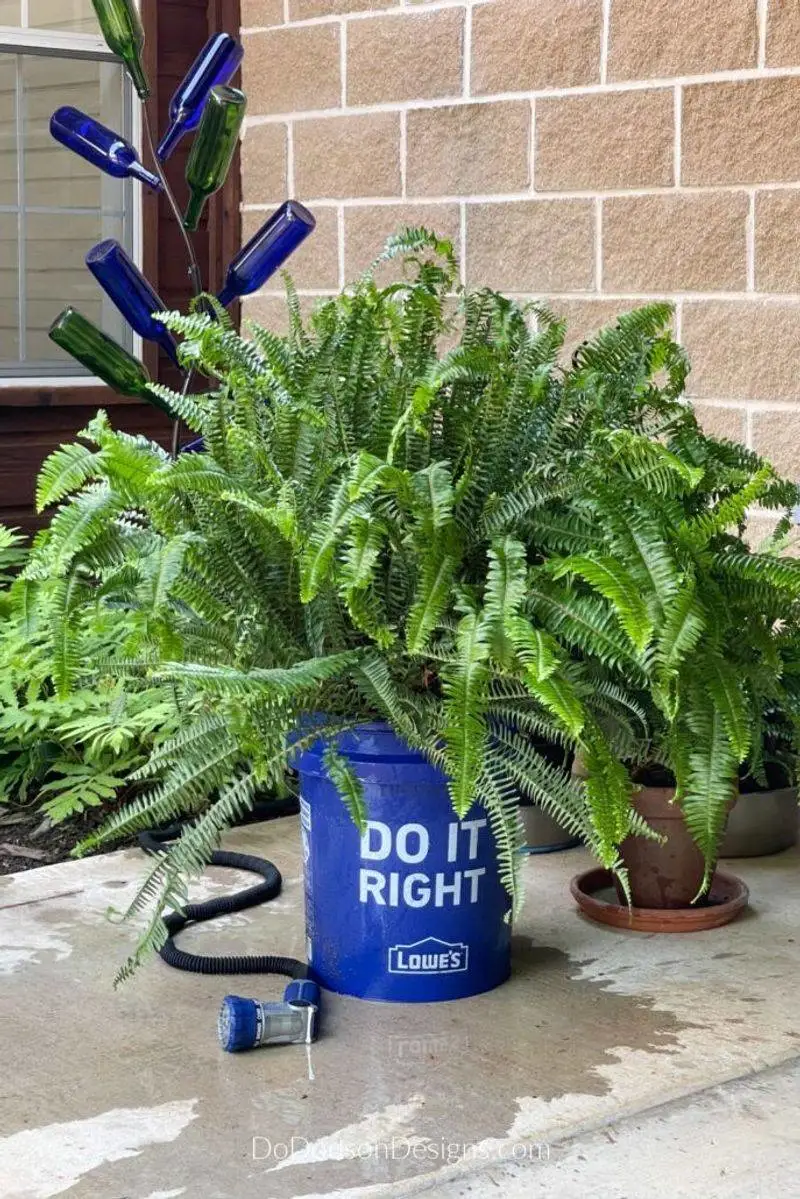
Ferns, with their lush foliage, lack flowers to attract pollinators. They’re ancient plants, reproducing through spores rather than seeds. Though they add a prehistoric charm to gardens, they don’t support pollinator activity.
Their preference for shade makes them ideal for filling in spaces where sunlight is scarce. Enjoy ferns for their texture and greenery, not for drawing pollinators.
Hostas (Repel)
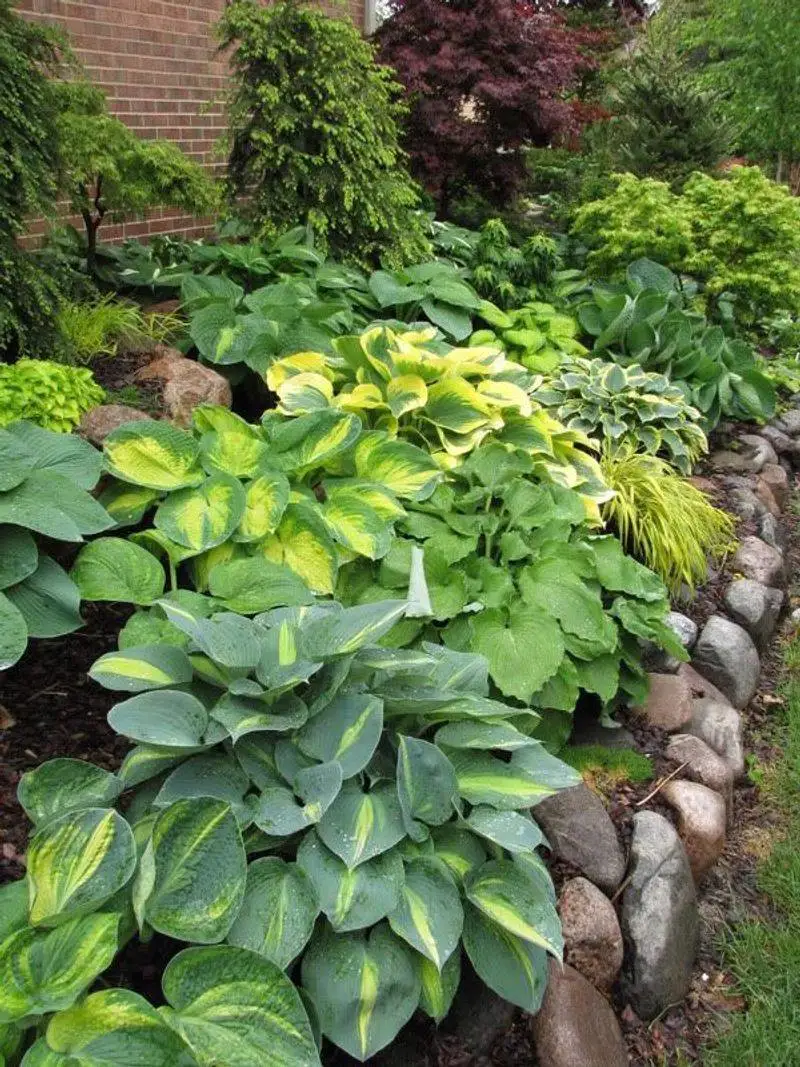
Hostas are beloved for their lush foliage and shade tolerance, but they’re not top picks for pollinators. Their dense leaves provide ground cover but little nectar. Native to Asia, hostas are more appreciated for their form and resilience.
Gardeners cherish them for creating lush backdrops, though they contribute minimally to pollinator populations. Hostas excel in providing greenery where flowers can’t thrive.
Ornamental Grasses (Repel)
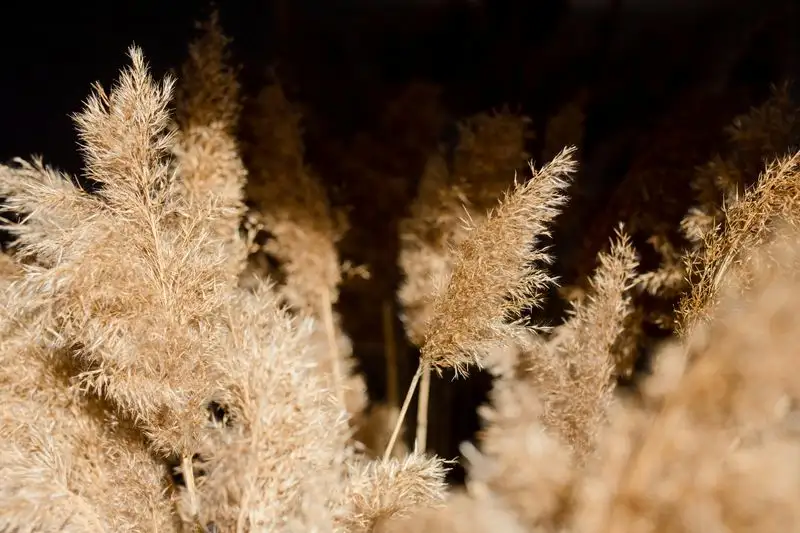
Ornamental grasses add texture and movement to landscapes but offer little to pollinators. Their wind-pollinated nature means they’re not reliant on bees or butterflies. Though they don’t draw pollinators, grasses can provide shelter and nesting material.
They thrive in various conditions and require minimal maintenance. Use ornamental grasses to create visual interest and environmental diversity rather than for pollinator attraction.
Boxwood (Repel)
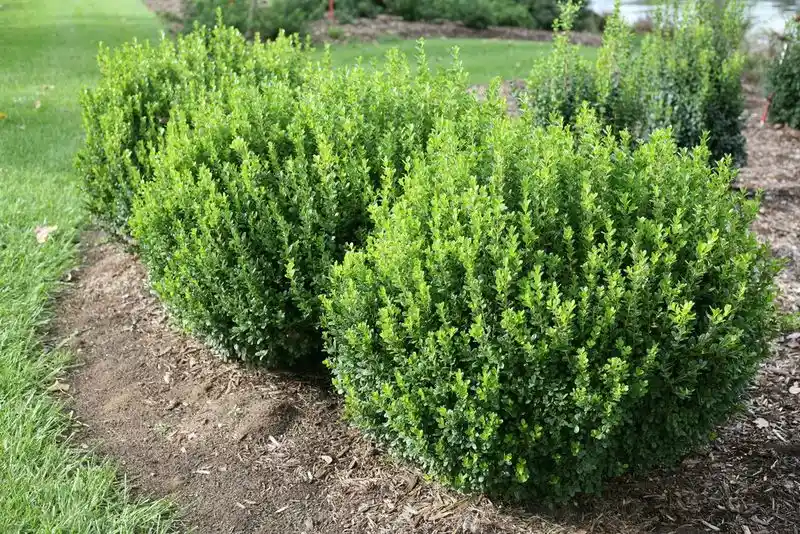
Boxwood is the epitome of structured elegance in a garden, but it offers little to pollinators. Its small, inconspicuous flowers do not attract bees or butterflies. Originating from Europe and Asia, boxwood is prized for its adaptability.
While it won’t support pollinator activity, its ability to be shaped into hedges or topiaries makes boxwood a staple for formal gardens. Appreciate boxwood for its versatility and form.
Rhododendron (Repel)
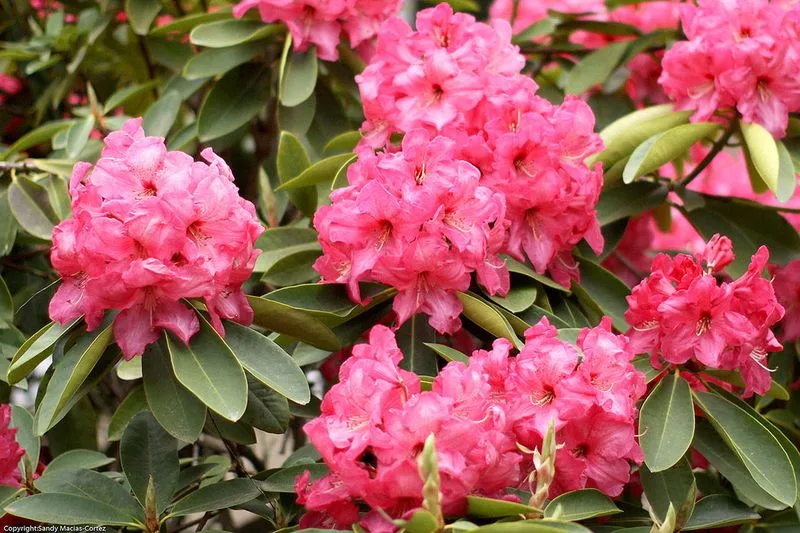
Rhododendrons, with their showy blooms, ironically deter many pollinators. Their toxic compounds make them less appealing to bees and butterflies. Native to Asia and North America, these shrubs are treasured for their aesthetics.
Though they don’t contribute to pollinator populations, rhododendrons offer visual splendor. Plant them for their beauty and landscaping potential rather than pollinator support.
Oleander (Repel)
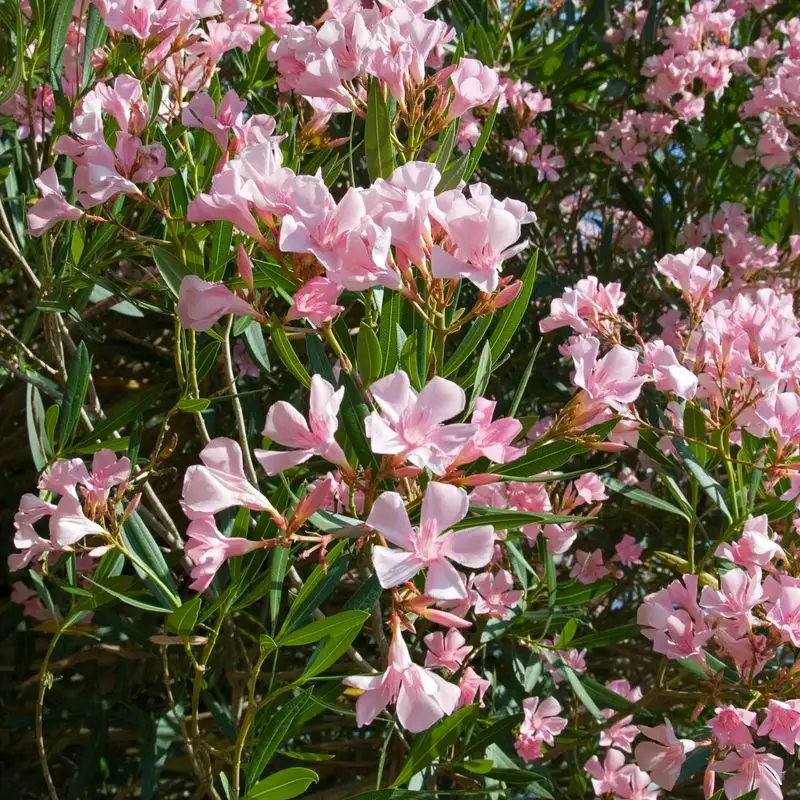
Oleander is a striking plant, but its toxic nature makes it unsuitable for pollinators. The beautifully fragrant blooms hide a deadly secret, discouraging bee and butterfly visits. Native to the Mediterranean, it’s often used in ornamental planting.
While oleander adds a touch of drama, it’s better suited to decorative roles. Handle with care, as its toxic properties extend beyond deterring pollinators.
Ivy (Repel)
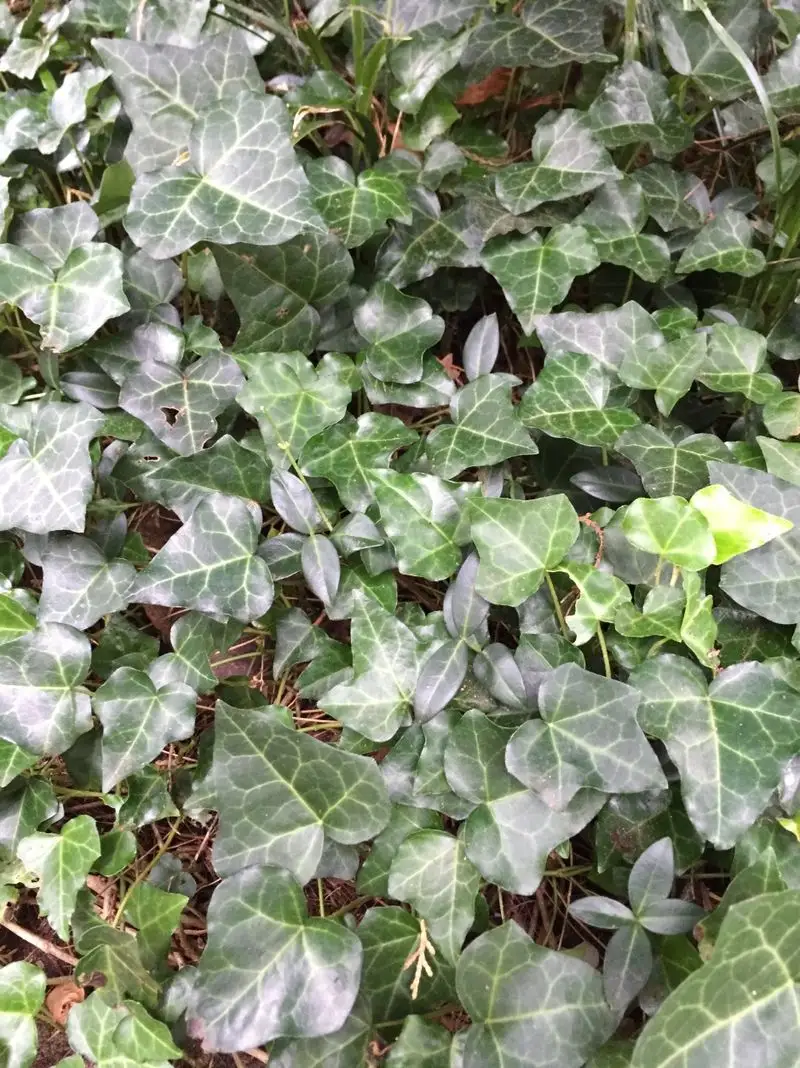
Ivy is an evergreen climber known for its ability to cover walls and structures, but it offers little to pollinators. Its lack of flowers means there’s no nectar to attract bees or butterflies. Though it doesn’t support pollinators, ivy provides excellent habitat for birds and insects seeking shelter.
Use ivy for its ability to create lush green backdrops, but don’t count on it to draw in pollinators.

